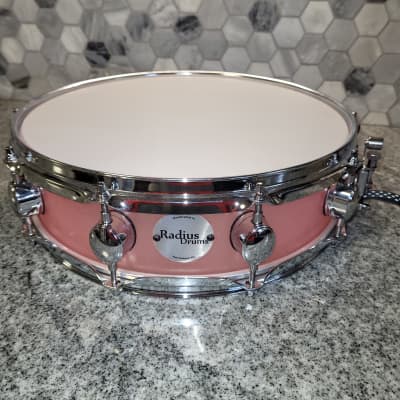Before we dive into drum shell depth and how it affects a snare drum, let’s first define what it is. Drum shell depth refers to the vertical height of the drum shell measured between the top and bottom bearing edges. Standard snare drums measure between 5 to 8 inches deep.
How does shell depth impact the sound of a snare drum? Basically, the deeper the drums shell, the lower the pitch of the drum will be. This is because in a deeper shell the sound waves take more time to travel between the two heads, resulting in a fuller, more “boomy” sound. A shorter snare drum requires less travel time between heads, so the sound waves will be higher pitched and decay more quickly, which is why piccolo snares sound so “snappy.”
The tone of a snare drum refers to the frequencies produced by the drum, usually described as “warm” or “bright.” A deeper drum will produce a warmer tone due to the increased resonance, while a shallower snare will have a more focused, bright tone.
The general sound is not the only thing affected by the depth of a drum but also, projection. The projection of a snare drum is the distance in which the sound can be heard. A deeper drum will essentially be louder (sound traveling further) and conversely a shorter drum will be less loud but have more attack. Consider the size of room you’ll be playing in, as smaller rooms will require less energy for the sound to reach the audience & vice versa.
Choosing the right snare drum depth can have a considerable impact on the sound it produces. Whether you are going for a louder boom or a more controlled & punchy sound, the choice is yours to make. I hope this post makes that decision a little easier.


